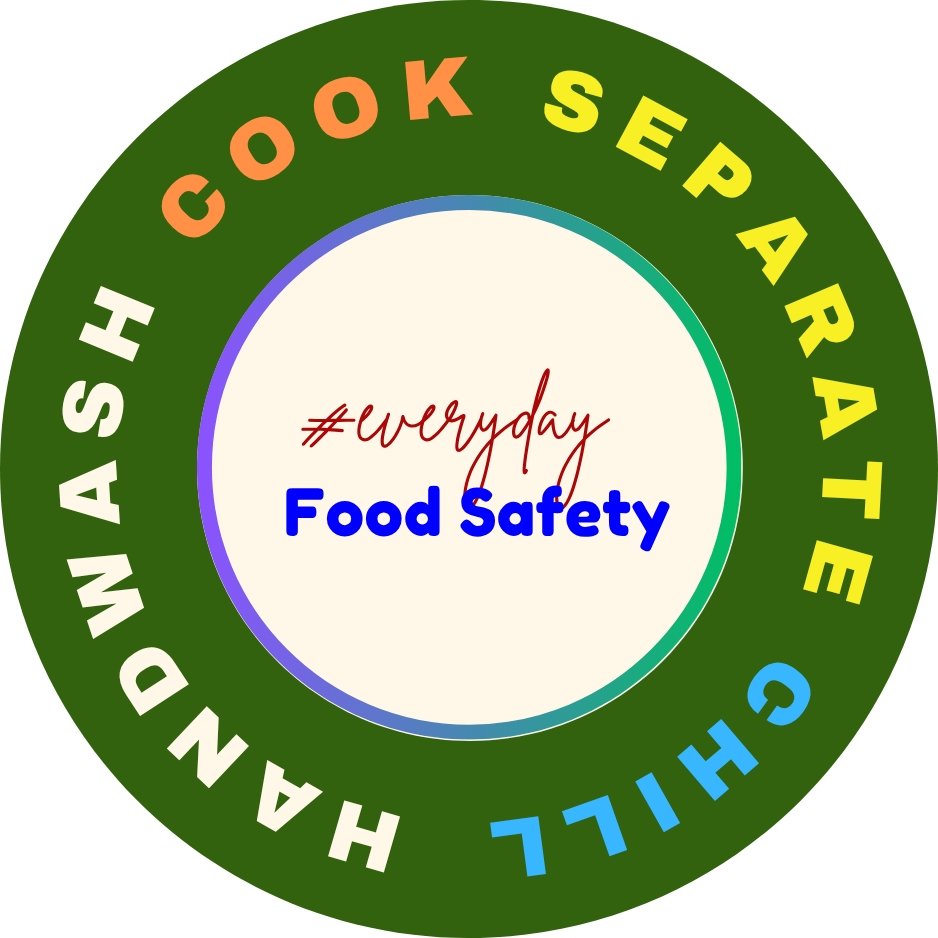Everyday Food Safety
Food Allergen Guide: Outsmarting The Big 9 For Safer Bites
Food allergies are more than just a personal inconvenience; they are a significant global health concern affecting millions of people every day. Whether you’re preparing a family meal, ordering takeout, or working in a busy restaurant kitchen, being allergy-aware is crucial for everyone’s safety and peace of mind. That’s why following a comprehensive Food Allergen Guide is more important than ever.
Ready to learn more about food allergens? Let’s get started.
Food Allergen Basics: Understanding Common Food Allergy Triggers
In simple terms, food allergens are specific proteins in certain foods that can trigger an excessive immune response in sensitive people. When exposed, these proteins may cause the body’s defenses to overreact—ranging from a mild itch to a serious medical emergency.
The Top Food Allergens: Meet the Big Nine
While allergies aren’t limited to just a handful of foods, the “Big 8” (or now, nine!) are the usual suspects responsible for most allergic reactions.
The U.S. FDA and FARE recognize these as the most important:
- Milk
- Eggs
- Peanuts
- Tree Nuts (think almonds, walnuts, cashews)
- Fish
- Shellfish (shrimp, crab, lobster—the ocean squad)
- Soy
- Wheat
- Sesame (recently upped to VIP allergen status in many countries)
Recognizing Symptoms: Signs and Reactions of Food Allergies
The human body shows signs of distress when it detects an unwelcome guest. Allergy symptoms can appear within minutes or last painfully for hours after exposure.
Watch out for these common symptoms:
- Hives, rashes, or skin irritation
- Swelling of the lips, face, or throat
- Wheezing, shortness of breath, or trouble talking
- Stomach upset, cramps, diarrhea, or vomiting
- Dizziness or even loss of consciousness
Remember: For some individuals, a tiny crumb can trigger a severe, life-threatening reaction called anaphylaxis. Acting quickly and seeking urgent medical attention can save lives.
Essential Food Allergen Safety Tips: Preventing Allergic Reactions
Now, let’s discuss strategy! Managing food allergens doesn’t have to be overwhelming—just careful.
Follow these expert tips to minimize risks:
- Read Every Label—Twice: Manufacturers must clearly list major allergens. Scan ingredients and look for warnings like “may contain” or “processed in a facility with…”.
- Stamp Out Cross-Contamination: Use dedicated cookware, utensils, and prep areas for allergen-free foods to prevent accidental mix-ups.
- Speak Up When Dining Out: Don’t be shy—inform restaurant staff about your allergies and ask how dishes are prepared.
- Carry Emergency Allergy Medication: Never leave home without your medical sidekick if you have a severe allergy history. Time is of the essence.
- Spread the Word: Make sure family, friends, and food preppers are in the know. Teamwork equals safety. For more essential information, visit Food Allergy Research & Education (FARE).
Food Allergen Best Practices for Restaurants and Food Businesses
Restaurants, cafes, and food producers play a vital role in ensuring food safety for people with allergies.
Here are the gold standards:
- Clear Labeling: Clearly identify all menu items and packaged goods with accurate and complete information on allergens.
- Staff Training: All team members should be trained in allergen awareness and safe food handling, both within and outside the establishment.
- Separation Protocols: Keep allergenic and non-allergenic foods separated at all stages—storage, preparation, and service.
- Emergency Readiness: Train staff to respond quickly to allergic reactions. Being proactive not only protects your customers but also safeguards your reputation and your bottom line.
Conclusion: Managing Allergies One Meal at a Time
In conclusion, using a comprehensive Food Allergen Guide can significantly improve safety and confidence when preparing or eating meals. By consulting a dedicated Food Allergen Guide, individuals and businesses can better manage allergens, reduce health risks, and promote inclusive dining experiences for everyone. This essential resource not only supports personal well-being but also helps ensure compliance with food safety standards.
Quick Reference:
- U.S. Food and Drug Administration (FDA): Overview of Food Allergens and the Big Nine List.
- Food Allergy Research & Education (FARE): Details on Food Allergies and Management
- Centers for Disease Control and Prevention (CDC): Food Allergies in Schools and Early Care and Education Programs
- Mayo Clinic: Food Allergy Symptoms and Causes: Food Allergy Symptoms and Causes




